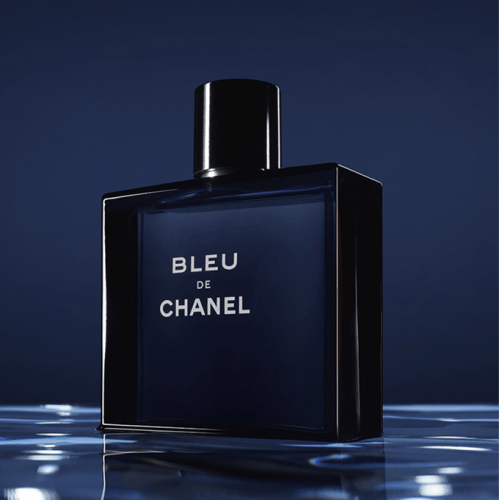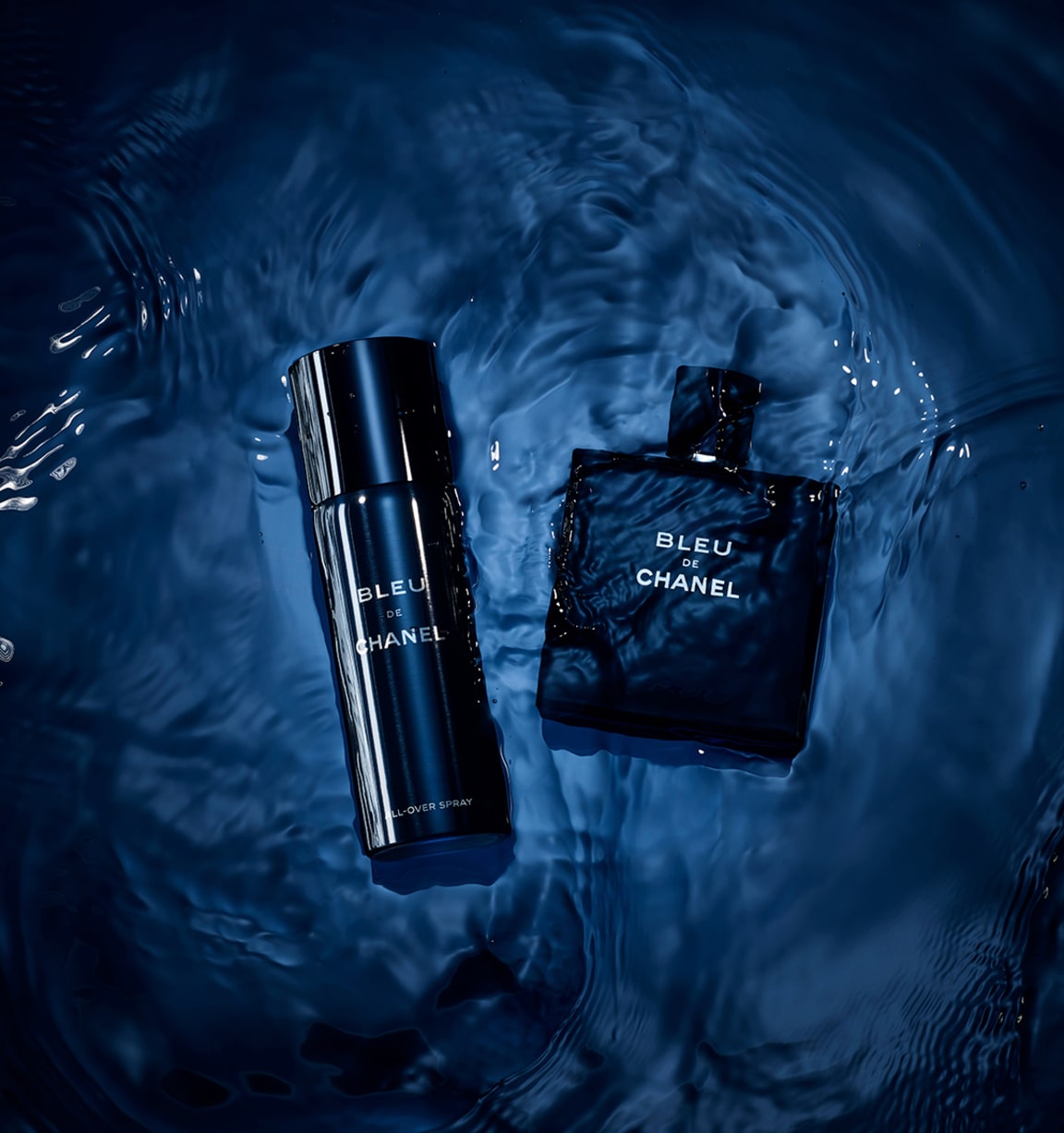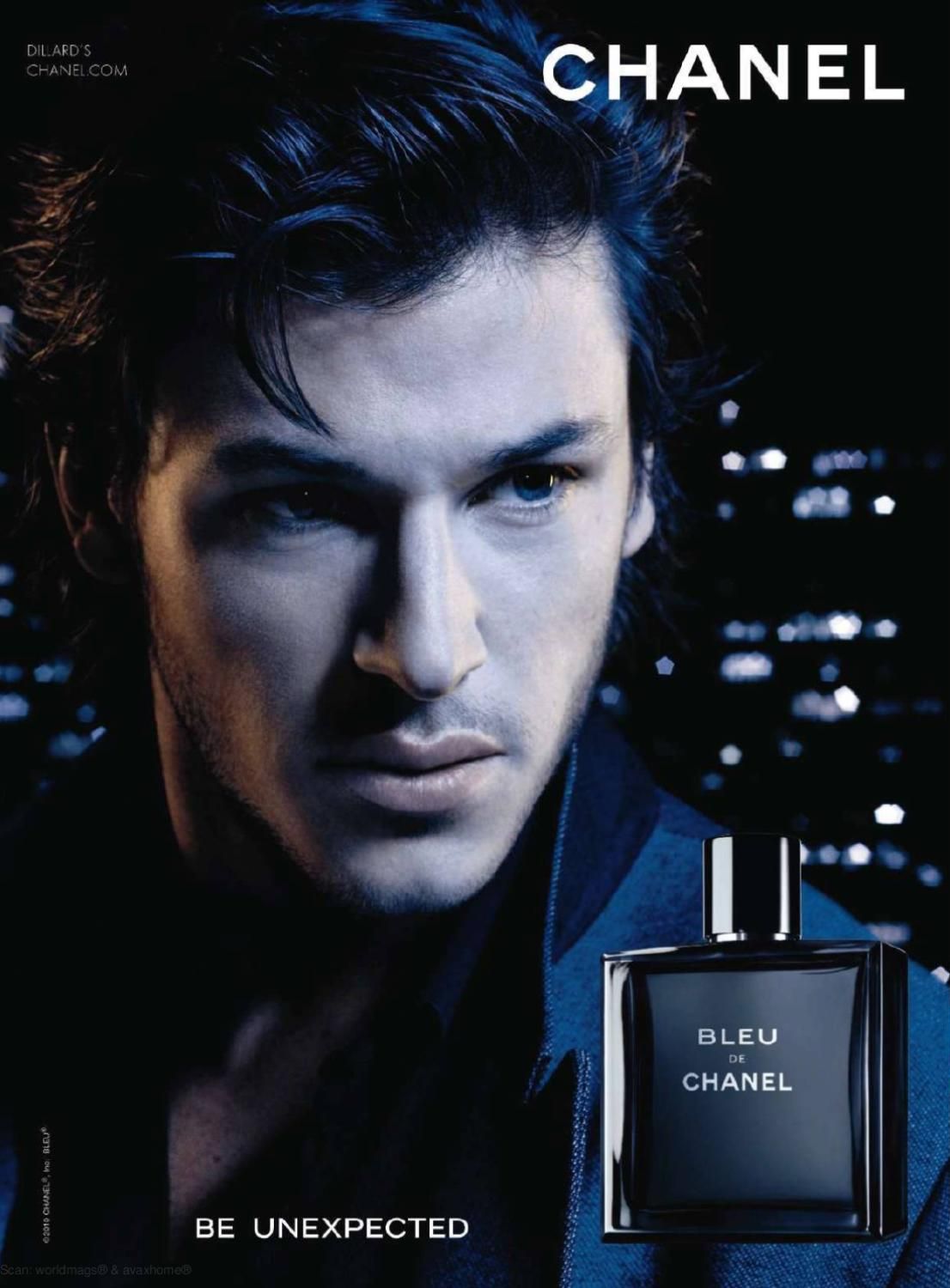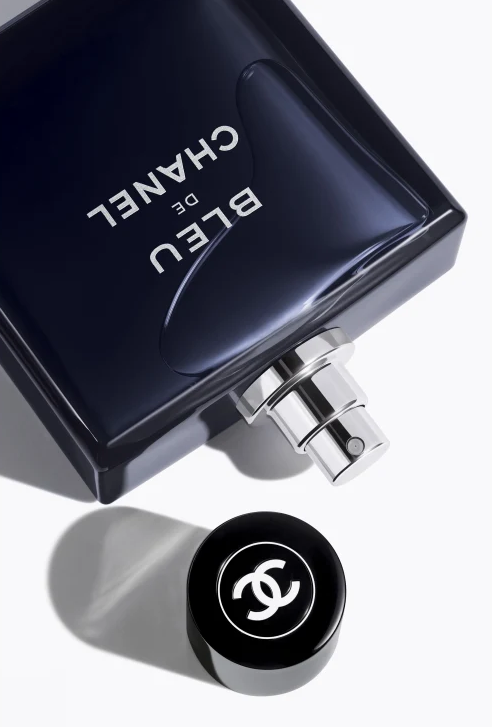Why Bleu de Chanel Smells Better Than Ever ~ Fragrance Reviews
Why Bleu de Chanel Smells Better Than Ever
Fragrance Reviews
Coming across Bleu de Chanel Eau de Toilette’s trail a handful of times recently, I was reminded of just how good this stuff smells. Despite lingering ubiquitous in our collective smellscape for over a decade, Bleu de Chanel’s dark blue profile of shadowy citrus trees swaying in the ocean breeze under a haunting dusk sky has set itself apart from its congested crowd of competitors as a modern classic. Why? This article puts forward some suggestions.

I wasn’t too keen on Bleu de Chanel when I first encountered it. A standard recipe with few stand-out moments. However, in sillage, it carries qualities that are hard to describe, partly because they don’t correspond to olfactory reality, placing the scent far more comfortably in the tropes and trends of the previous decade’s fantastical and magical realist expectations than today’s naturalistic, hyper-realist, minimalist consumer understanding of what good perfumery should be. Sometimes it takes time to appreciate something, not simply in the sense of cultivating considered insight into an isolated object of analysis, but also in its context. Since Bleu de Chanel, the already-burgeoning “blue” market has exploded, and Bleu de Chanel stands above the rest as best-in-class. 
Unlike rivals such as Luna Rossa Ocean, Cool Water, Light Blue Pour Homme, Polo Blue, and even Sauvage that tend to emphasize their ozonic and mineral qualities, sparkling with sour bite underscored by driftwood concepts and transparent, diaphanous veils of spice and amber, linear and rough-edged, Bleu de Chanel goes in a different direction with greater smoothness, shade, and languor to the scent. Not one ingredient smells the way one would expect of it in nature, save perhaps the salinity of grapefruit in its very opening. Other than that, we’re dealing with an alien world. The citrusy combo carried over into lemon, ginger, and pink pepper isn’t sharp and acidic but much rounder, darker, and more seamless than most perfumery, and nothing like eating those ingredients. The woody (mostly vetiver) backbone to Bleu de Chanel lacks the perforated, cosy, smoky, coarse, and rugged qualities we understand to mean woody from classic notes like cedar and sandalwood and instead presents a silky, velveteen, matte, congealed, warm, and soil-like composite that is otherworldly and interesting. Jasmine’s hedione along with cleaned-up fractions of patchouli and creamy, fleshy amber accentuate Bleu de Chanel’s sweet bubble that dissipates in slow motion, generating a sense of expanse and volume that parallels the ethereal but dense acoustic response of choral music reverberating in an empty cathedral – intense but somehow also delicate and light-handed. No doubt, synthetic pillars such as iso e super and ambroxan are absolutely pivotal to this effect.
The citrusy combo carried over into lemon, ginger, and pink pepper isn’t sharp and acidic but much rounder, darker, and more seamless than most perfumery, and nothing like eating those ingredients. The woody (mostly vetiver) backbone to Bleu de Chanel lacks the perforated, cosy, smoky, coarse, and rugged qualities we understand to mean woody from classic notes like cedar and sandalwood and instead presents a silky, velveteen, matte, congealed, warm, and soil-like composite that is otherworldly and interesting. Jasmine’s hedione along with cleaned-up fractions of patchouli and creamy, fleshy amber accentuate Bleu de Chanel’s sweet bubble that dissipates in slow motion, generating a sense of expanse and volume that parallels the ethereal but dense acoustic response of choral music reverberating in an empty cathedral – intense but somehow also delicate and light-handed. No doubt, synthetic pillars such as iso e super and ambroxan are absolutely pivotal to this effect.
 The whole, experienced as an air sculpture from a distance of a metre or two, is beguiling and memorable. I urge you to reacquaint yourself with this mainstream standard-bearer, likely to continue dominance in the scent charts for years to come!
The whole, experienced as an air sculpture from a distance of a metre or two, is beguiling and memorable. I urge you to reacquaint yourself with this mainstream standard-bearer, likely to continue dominance in the scent charts for years to come!






